Home>Articles>How To Steam Vegetables In An Electric Pressure Cooker
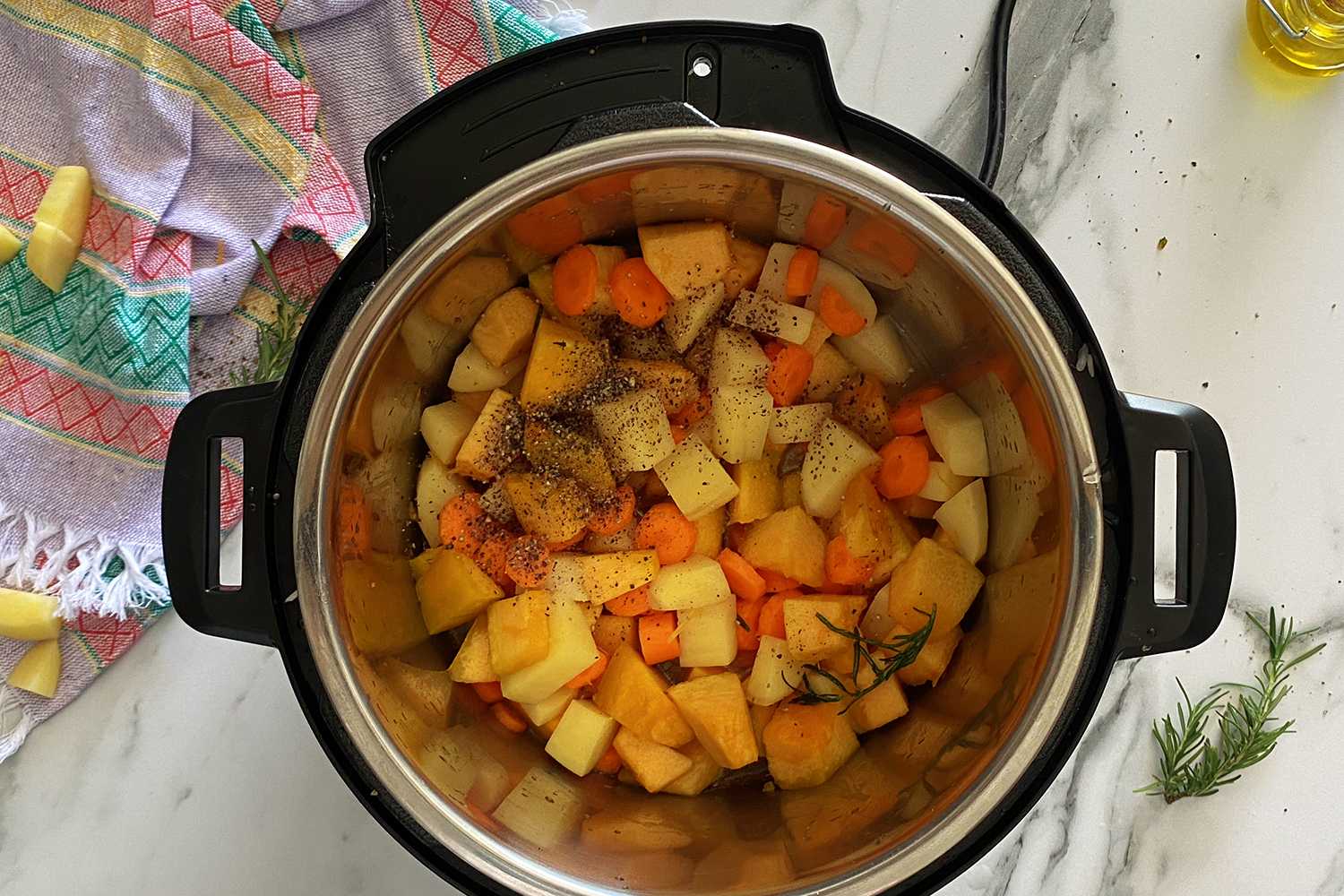

Articles
How To Steam Vegetables In An Electric Pressure Cooker
Modified: March 25, 2024
Learn how to steam vegetables in an electric pressure cooker with these helpful articles. Discover the best techniques and recipes for healthy, delicious meals at home.
(Many of the links in this article redirect to a specific reviewed product. Your purchase of these products through affiliate links helps to generate commission for Storables.com, at no extra cost. Learn more)
Introduction
Steaming vegetables is a fantastic way to prepare them, as it retains their natural flavors, colors, and nutrients. And what better way to steam vegetables effortlessly than with an electric pressure cooker? With its convenience and efficiency, an electric pressure cooker can turn a tedious cooking task into a breeze.
In this article, we will guide you on how to steam vegetables in an electric pressure cooker and explore the benefits of this cooking method. Whether you’re a seasoned cook or just starting out, you’ll find valuable tips and tricks to help you achieve perfectly tender and flavorful vegetables every time.
So, let’s dive in and discover the wonderful journey of steaming vegetables in an electric pressure cooker!
Key Takeaways:
- Steaming vegetables in an electric pressure cooker preserves nutrients, enhances flavors, and saves time, making it a convenient and healthy cooking method for delicious, vibrant dishes.
- Choosing the right vegetables, preparing the cooker, and following safety guidelines are essential for achieving perfectly steamed vegetables in an electric pressure cooker.
Benefits of Steaming Vegetables
Steaming vegetables has long been touted as one of the healthiest methods of cooking, and with good reason. Here are some of the key benefits of steaming vegetables:
- Retains Nutrients: Steaming vegetables helps to preserve their essential vitamins, minerals, and antioxidants. Unlike boiling, where nutrients can leach into the cooking water, steaming allows vegetables to retain their natural goodness.
- Preserves Color and Texture: Steaming vegetables ensures that they maintain their vibrant colors and crisp textures. This not only makes them more visually appealing but also contributes to a more enjoyable dining experience.
- Enhances Flavor: Steaming vegetables allows their natural flavors to shine through. By maintaining their integrity and moisture content, steaming brings out the best in each vegetable, resulting in a more delicious and satisfying taste.
- Reduces Calorie Intake: Steaming vegetables requires little to no added fats or oils. This means that you can enjoy a nutritious and filling meal without worrying about excessive calorie consumption.
- Quick and Efficient: Steaming vegetables in an electric pressure cooker is a time-saving method. The high-pressure environment promotes faster cooking, allowing you to enjoy your steamed vegetables in a fraction of the time compared to traditional stovetop methods.
- Versatile: Steaming is a versatile cooking method that works well with a wide variety of vegetables. From leafy greens and root vegetables to cruciferous veggies and delicate herbs, you can steam almost any vegetable to perfection.
By steaming your vegetables in an electric pressure cooker, you can reap these benefits while making the most of your valuable time in the kitchen. It’s a win-win situation for both your health and your taste buds!
Choosing the Right Vegetables
When it comes to steaming vegetables in an electric pressure cooker, it’s important to choose the right vegetables that will yield the best results. Here are some key factors to consider:
- Firmness: Opt for vegetables that are firm and fresh. Soft or wilted vegetables may not hold up well during the steaming process and can become mushy.
- Size: Cut vegetables into evenly-sized pieces to ensure they cook uniformly. This helps to prevent some pieces from being undercooked while others become overcooked.
- Density: Take into account the density of the vegetables. Dense vegetables such as carrots or potatoes will require longer steaming times, while lighter vegetables such as broccoli or asparagus cook relatively quickly.
- Flavor Profiles: Choose vegetables that complement each other in terms of flavors. Consider a mix of colorful vegetables with varying levels of sweetness, bitterness, and earthiness to create a well-balanced dish.
- Seasonal Availability: Select vegetables that are in season for the freshest and most flavorful results. Seasonal vegetables also tend to be more budget-friendly and environmentally sustainable.
Some popular choices for steaming vegetables include broccoli, cauliflower, carrots, green beans, asparagus, Brussels sprouts, and zucchini. However, feel free to experiment with other vegetables that you enjoy and discover new flavors and textures.
Now that you have an understanding of how to select the right vegetables, let’s move on to the next step in steaming vegetables in an electric pressure cooker – preparing the cooker itself.
Preparing the Electric Pressure Cooker
Before you start steaming your vegetables, it’s essential to prepare your electric pressure cooker properly. Follow these steps to ensure everything is ready for cooking:
- Read the Instruction Manual: Familiarize yourself with the specific instructions and safety guidelines provided by the manufacturer of your electric pressure cooker. This will ensure that you use the appliance correctly and avoid any potential risks.
- Clean the Pressure Cooker: Thoroughly clean the inner pot, lid, and any accessories that will come into contact with the vegetables. This ensures a hygienic cooking environment and prevents any unwanted flavors or odors from transferring to the food.
- Inspect the Sealing Ring: Check the sealing ring for any signs of wear or damage. This rubber ring is crucial for creating a secure seal during the cooking process. If it appears worn out or cracked, replace it with a new one to maintain the cooker’s efficiency.
- Position the Steam Release Valve: Make sure the steam release valve is in the sealed position. This ensures that the pressure builds up within the cooker, allowing for proper steaming of the vegetables.
By properly preparing your electric pressure cooker, you can ensure a safe and efficient cooking experience. Now that your cooker is ready, it’s time to add water to create the steam needed for steaming the vegetables.
Adding Water to the Pressure Cooker
Water is essential for creating the steam that will cook the vegetables in an electric pressure cooker. Here’s how to add water correctly:
- Refer to the Instruction Manual: Consult the instruction manual of your electric pressure cooker to determine the recommended amount of water to use. Different models may have specific guidelines for water levels.
- Use the Minimum Required Amount: In most cases, you will need to add a minimum amount of water to the cooker. This is typically around 1 to 1.5 cups, depending on the size of your cooker. Adding too much water can affect the steaming process and dilute the flavors of the vegetables.
- Measure Accurately: Use measuring cups or the markings on the inside of the cooker’s pot to ensure the precise amount of water. This helps maintain the correct pressure and steam levels throughout the cooking process.
- Take Into Account Cooking Time: If you’re steaming vegetables that require longer cooking times, you may need to add more water to compensate for evaporation. Keep in mind that adding extra water should not exceed the maximum fill line indicated in your cooker.
- Avoid Overfilling: Never fill the pressure cooker above the maximum fill line. Overfilling can cause excess pressure and potentially result in accidents or food spilling out during the cooking process. Maintain a safe level of water to ensure proper functionality of the cooker.
By following these guidelines, you’ll be well on your way to adding the right amount of water to your electric pressure cooker, setting the stage for perfectly steamed vegetables. Next, we’ll discuss how to insert the steamer basket for optimum steaming results.
Read more: How To Use An Electric Pressure Cooker
Inserting the Steamer Basket
The steamer basket is a key accessory for steaming vegetables in an electric pressure cooker. It allows the vegetables to be elevated above the water, ensuring they are cooked by the steam rather than being immersed in water. Here’s how to insert the steamer basket:
- Check if Your Cooker Includes a Steamer Basket: Some electric pressure cookers come with a steamer basket as a standard accessory. If yours didn’t come with one, you can purchase a compatible steamer basket separately.
- Ensure the Steamer Basket Fits: Make sure that the steamer basket you’re using fits securely inside the electric pressure cooker. It should sit comfortably on the rim of the inner pot without obstructing the pressure release valve.
- Add Water to the Pressure Cooker: After inserting the steamer basket, pour the required amount of water into the inner pot. The water level should be below the steamer basket and not come into contact with the vegetables.
- Leave Space for Expansion: It’s important to leave some space between the water and the bottom of the steamer basket to allow room for the steam to circulate. This ensures even cooking and prevents any boiling water from splashing onto the vegetables.
With the steamer basket in place, you’re ready to add the vegetables and start the cooking process. In the next section, we will discuss the steps to place the vegetables in the steamer basket correctly.
Placing the Vegetables in the Steamer Basket
Placing the vegetables correctly in the steamer basket is essential for even and thorough steaming. Follow these steps to ensure your vegetables are steamed to perfection:
- Prepare the Vegetables: Wash the vegetables thoroughly and remove any dirt or debris. Trim off any excess stems or leaves, and peel or chop them as desired.
- Arrange the Vegetables: Place the cut vegetables in a single layer in the steamer basket. Avoid overcrowding, as this can lead to uneven cooking. If necessary, steam the vegetables in batches to ensure they all have enough space.
- Season if Desired: At this stage, you can choose to season the vegetables with salt, pepper, herbs, or spices according to your preference. However, be mindful of not adding excessive seasoning, as it can overpower the natural flavors of the vegetables.
- Place the Lid: Secure the lid onto the electric pressure cooker, making sure it is tightly sealed. This will allow the pressure to build up inside the cooker and generate the necessary steam for cooking.
It’s important to note that some vegetables may require different cooking times. For instance, denser vegetables like carrots or potatoes will take longer to steam compared to more delicate vegetables like broccoli or snap peas. To ensure all the vegetables are cooked evenly, you may need to stagger their placement in the steamer basket.
Once the vegetables are in place, we can move on to setting the cooking time and pressure level for steaming.
Add a cup of water to the electric pressure cooker before steaming vegetables to create the necessary steam for cooking.
Setting the Cooking Time and Pressure Level
Setting the correct cooking time and pressure level on your electric pressure cooker is crucial for achieving perfectly steamed vegetables. Here are the steps to follow:
- Refer to the Recipe or Vegetable Guidelines: If you’re following a specific recipe, the cooking time and pressure level may be mentioned. Alternatively, you can find general guidelines for steaming vegetables, which can vary depending on the type and density of the vegetables.
- Use the Manual Setting: Most electric pressure cookers have a manual or pressure cook setting. Select this option to manually adjust the cooking time and pressure level according to your specific requirements.
- Adjust the Cooking Time: Set the cooking time based on the density and desired tenderness of the vegetables. Generally, for most vegetables, a cooking time of 2-3 minutes is sufficient. For denser vegetables, you may need to increase the cooking time to 5-7 minutes.
- Select the Pressure Level: Choose the appropriate pressure level based on your electric pressure cooker’s options. High pressure is typically used for steaming vegetables, as it helps to cook them quickly and efficiently.
It’s important to note that the actual cooking time may vary depending on factors such as the size of the vegetable pieces and personal preference for tenderness. It’s a good idea to start with a shorter cooking time, as you can always steam the vegetables for a bit longer if needed.
With the cooking time and pressure level set, you’re ready to start the electric pressure cooker and let it work its magic. In the next section, we will discuss how to release the pressure safely after steaming.
Starting the Pressure Cooker
Once you’ve set the cooking time and pressure level on your electric pressure cooker, it’s time to start the cooking process. Here’s how to begin steaming your vegetables:
- Make Sure the Lid is Secure: Double-check that the lid is tightly secured on the electric pressure cooker, ensuring a proper seal for the cooking process.
- Plug in the Pressure Cooker: Connect the electric pressure cooker to a power source and ensure it is properly plugged in.
- Turn On the Cooker: Look for the power button or control panel on your pressure cooker. Press the appropriate buttons to turn it on and select the desired cooking mode. This may include selecting the pressure type (e.g., high pressure) and setting the cooking time.
- Allow the Pressure to Build: The pressure cooker will take some time to build up pressure before the actual cooking begins. This usually takes a few minutes, during which you’ll see steam starting to release from the pressure release valve.
- Monitor the Pressure: Once the pressure has built up, the cooking process will begin, and the timer will start counting down. Keep an eye on the pressure indicator to ensure it remains at the desired level. If the pressure drops too low, adjust accordingly or consult your cooker’s manual for troubleshooting tips.
It’s important to note that electric pressure cookers have safety mechanisms in place to prevent accidents. These mechanisms include pressure release valves, pressure regulators, and automatic shut-off features. Always follow the manufacturer’s instructions and guidelines to ensure safe and proper use of your electric pressure cooker.
Now that the cooking process has started, it’s time to eagerly await the completion of steaming. In the next section, we will discuss how to safely release the pressure once the vegetables have finished cooking.
Read more: How To Can With An Electric Pressure Cooker
Releasing the Pressure
After the cooking time has elapsed, it’s essential to release the pressure from your electric pressure cooker before opening the lid. Here are the steps to safely release the pressure:
- Natural Release: One option for releasing the pressure is to let it naturally dissipate over time. This method involves allowing the pressure cooker to sit undisturbed for a certain period, typically around 10-15 minutes. During this time, the pressure will gradually decrease, and the pressure indicator will drop.
- Quick Release: If you’re short on time or need to stop the cooking process immediately, you can opt for a quick release. To do this, carefully move the pressure release valve from the sealed position to the venting position. This will allow the steam to escape rapidly, causing the pressure to drop quickly. Be cautious as hot steam will be released, so keep your hands and face away from the valve.
- Check the Pressure Indicator: Before opening the pressure cooker, ensure that the pressure indicator has dropped completely. This indicates that all the pressure has been released. If the indicator is still up, it’s an indication that there is residual pressure in the cooker, and it’s not safe to open it.
- Open the Lid: Once the pressure has been fully released, it’s safe to open the lid of your electric pressure cooker. Open it away from you to avoid any potential steam burns.
Releasing the pressure is a critical step to ensure your safety when using an electric pressure cooker. Always follow the instructions provided by the manufacturer and exercise caution when handling hot steam.
With the pressure released, it’s time to unveil the beautifully steamed vegetables. In the next section, we will discuss how to remove the steamed vegetables from the cooker for serving.
Removing the Steamed Vegetables
Now that the pressure has been safely released, it’s time to remove the steamed vegetables from your electric pressure cooker. Follow these steps to handle the vegetables with care:
- Use Heat-Resistant Utensils: To avoid burns, use heat-resistant utensils such as tongs or a slotted spoon to remove the vegetables from the steamer basket. Make sure the utensils are clean and in good condition.
- Lift the Steamer Basket: Carefully lift the steamer basket from the pressure cooker, considering that it may still be hot. Place it on a heat-resistant surface or a serving dish.
- Shake Off Excess Moisture: Give the vegetables a gentle shake to remove any excess moisture. This will help prevent them from becoming waterlogged and maintain their texture and flavor.
- Transfer to a Serving Dish: If you plan to serve the vegetables immediately, transfer them to a serving dish. This can be a bowl, plate, or platter, depending on your preference.
- Cover to Keep Warm (Optional): If you’re not serving the steamed vegetables right away, you can cover them with a lid or aluminum foil to help retain their warmth.
Remember to handle the hot vegetables with caution and use oven mitts or kitchen towels to protect your hands from the heat. Once the vegetables are safely transferred, it’s time to season and serve them to enhance their flavors.
In the next section, we will discuss some tips and tricks to ensure your vegetables are perfectly steamed every time.
Seasoning and Serving the Vegetables
Now that your steamed vegetables are ready, it’s time to season and serve them for a delicious and nutritious meal. Follow these tips to enhance the flavors of your vegetables:
- Add Seasonings: Season the steamed vegetables with your choice of herbs, spices, or condiments to elevate their taste. Popular options include salt, pepper, garlic powder, lemon juice, balsamic vinegar, or a drizzle of olive oil. Experiment with different combinations to find your favorite flavor profiles.
- Mix in Sauces or Dressings: You can also mix a variety of sauces or dressings into the steamed vegetables for added flavor. Consider options like teriyaki sauce, soy sauce, tahini, ranch dressing, or a squeeze of fresh lime or lemon juice.
- Garnish for Visual Appeal: Add a touch of visual appeal to your dish by garnishing the steamed vegetables with fresh herbs, toasted nuts, grated cheese, or a sprinkle of paprika. This not only enhances the aesthetics but also adds extra flavor and texture.
- Serve as a Side Dish or Main Course: Steamed vegetables make a versatile addition to any meal. They can be served as a simple side dish alongside proteins such as grilled chicken or fish. Alternatively, you can turn them into a satisfying main course by incorporating them into salads, stir-fries, or pasta dishes.
- Pair with Complementary Ingredients: Consider pairing your steamed vegetables with other complementary ingredients to create a balanced and nutritious meal. For example, serve steamed broccoli with roasted salmon or toss steamed carrots with quinoa and feta cheese for a filling vegetarian dish.
Remember to adjust the seasonings and flavors to suit your personal preferences and dietary restrictions. Steamed vegetables provide a versatile canvas for creating countless delicious and healthy meals.
With these tips in mind, you’re now equipped to serve your beautifully steamed vegetables and enjoy the vibrant colors, natural flavors, and nourishing benefits they offer.
Before we conclude, let’s go over some additional tips and tricks to ensure your steamed vegetables turn out perfect every time.
Tips and Tricks for Perfectly Steamed Vegetables
Steaming vegetables in an electric pressure cooker is a foolproof way to achieve tender, flavorful results. Here are some tips and tricks to help you achieve perfectly steamed vegetables every time:
- Size Matters: Cut your vegetables into uniform sizes to ensure even cooking. Smaller pieces will cook faster, while larger ones will take longer. Adjust the cooking time accordingly.
- Layer Effectively: If steaming vegetables in batches, make sure to layer them properly. Place denser vegetables that take longer to cook at the bottom and more delicate ones on top. This ensures everything cooks evenly.
- Experiment with Timing: Cooking times for steamed vegetables can vary depending on personal preference. If you prefer them crunchier, reduce the cooking time slightly. For a softer texture, increase the cooking time within a reasonable range.
- Utilize Flavorful Liquids: Instead of plain water, enhance the flavor of your steamed vegetables by using flavorful liquids like vegetable broth, herb-infused water, or citrus juices.
- Don’t Overcook: Keep a close eye on the cooking time and pressure. Overcooking vegetables can result in mushy textures and loss of nutritional value. Test for doneness by piercing with a fork – the vegetables should be tender yet retain some bite.
- Keep It Simple: Steamed vegetables have a natural, delicate flavor, so avoid overpowering them with excessive seasonings or sauces. Allow the natural flavors to shine through.
- Use the Steam for Other Purposes: Don’t let the steam go to waste. After steaming your vegetables, you can use the remaining flavorful steam to cook grains, infuse soups, or even revive leftover bread.
- Clean the Steamer Basket Promptly: Clean the steamer basket as soon as possible after use to prevent stubborn food particles from sticking. This ensures that it’s ready for your next steaming adventure.
By following these tips and tricks, you’ll be well on your way to enjoying perfectly steamed vegetables that are bursting with flavor and nutrients.
Now that you have a comprehensive understanding of how to steam vegetables in an electric pressure cooker, the benefits of this cooking method, and valuable tips for success, it’s time to put your knowledge into practice and enjoy a nutrient-rich and delicious meal.
Happy steaming!
PS: Don’t forget to share your favorite steamed vegetable recipes and experiences with others, as we can all benefit from each other’s culinary creativity.
Read more: How To Test Electric Pressure Cooker
Conclusion
Steaming vegetables in an electric pressure cooker is a fantastic way to enjoy their natural flavors, vibrant colors, and nutrient-packed goodness. With the convenience and efficiency of an electric pressure cooker, you can effortlessly create tender and delicious vegetables that will elevate any meal.
In this article, we explored the benefits of steaming vegetables, such as retaining their nutrients, preserving color and texture, enhancing flavor, and reducing calorie intake. We also discussed the importance of choosing the right vegetables and preparing the electric pressure cooker for steaming.
We learned about adding water to the pressure cooker, inserting the steamer basket, and placing the vegetables properly to ensure even steaming. We explored how to set the cooking time and pressure level, and the importance of releasing the pressure safely before opening the cooker.
We discussed the various ways to season and serve the steamed vegetables, including adding herbs, spices, sauces, and garnishes to enhance their taste and presentation. Additionally, we provided tips and tricks to help you achieve perfectly steamed vegetables every time, such as cutting vegetables uniformly, layering effectively, experimenting with cooking times, and utilizing flavorful liquids.
Steaming vegetables in an electric pressure cooker not only saves you time but also ensures that you’re consuming healthy and delicious meals. It’s a versatile cooking method that allows you to create a wide range of dishes, from simple side dishes to flavorful main courses.
So, whether you’re a culinary enthusiast looking to explore new cooking techniques or someone who wants to incorporate more nutritious vegetables into your diet, steaming vegetables in an electric pressure cooker is a great option. With the right ingredients, proper preparation, and a touch of creativity, you can elevate your meals and enjoy the immense benefits of steamed vegetables.
Now it’s your turn to bring out your electric pressure cooker, choose your favorite vegetables, and embark on a culinary adventure with the art of steaming. Here’s to a healthy and flavorful journey filled with perfectly steamed vegetables!
Frequently Asked Questions about How To Steam Vegetables In An Electric Pressure Cooker
Was this page helpful?
At Storables.com, we guarantee accurate and reliable information. Our content, validated by Expert Board Contributors, is crafted following stringent Editorial Policies. We're committed to providing you with well-researched, expert-backed insights for all your informational needs.
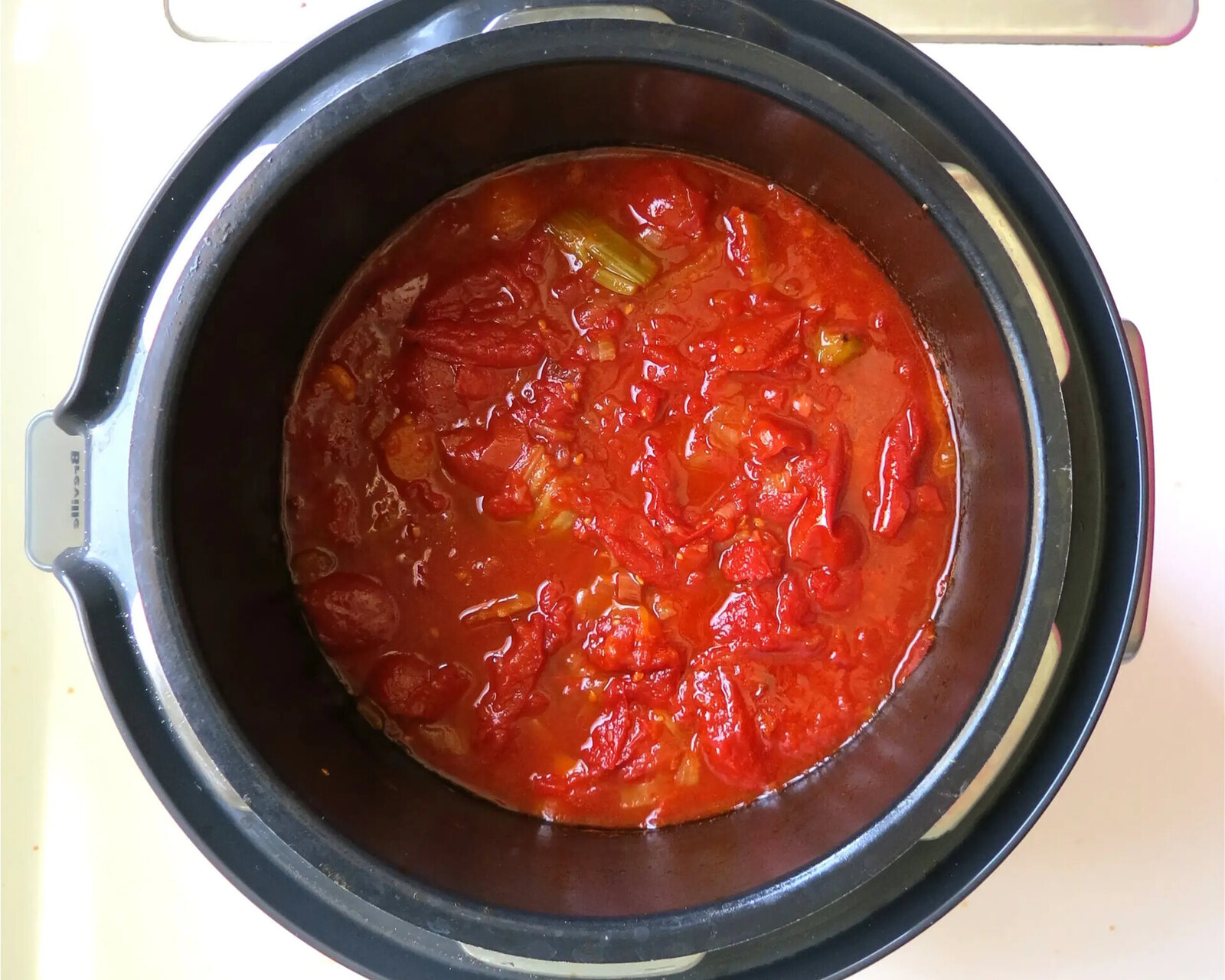
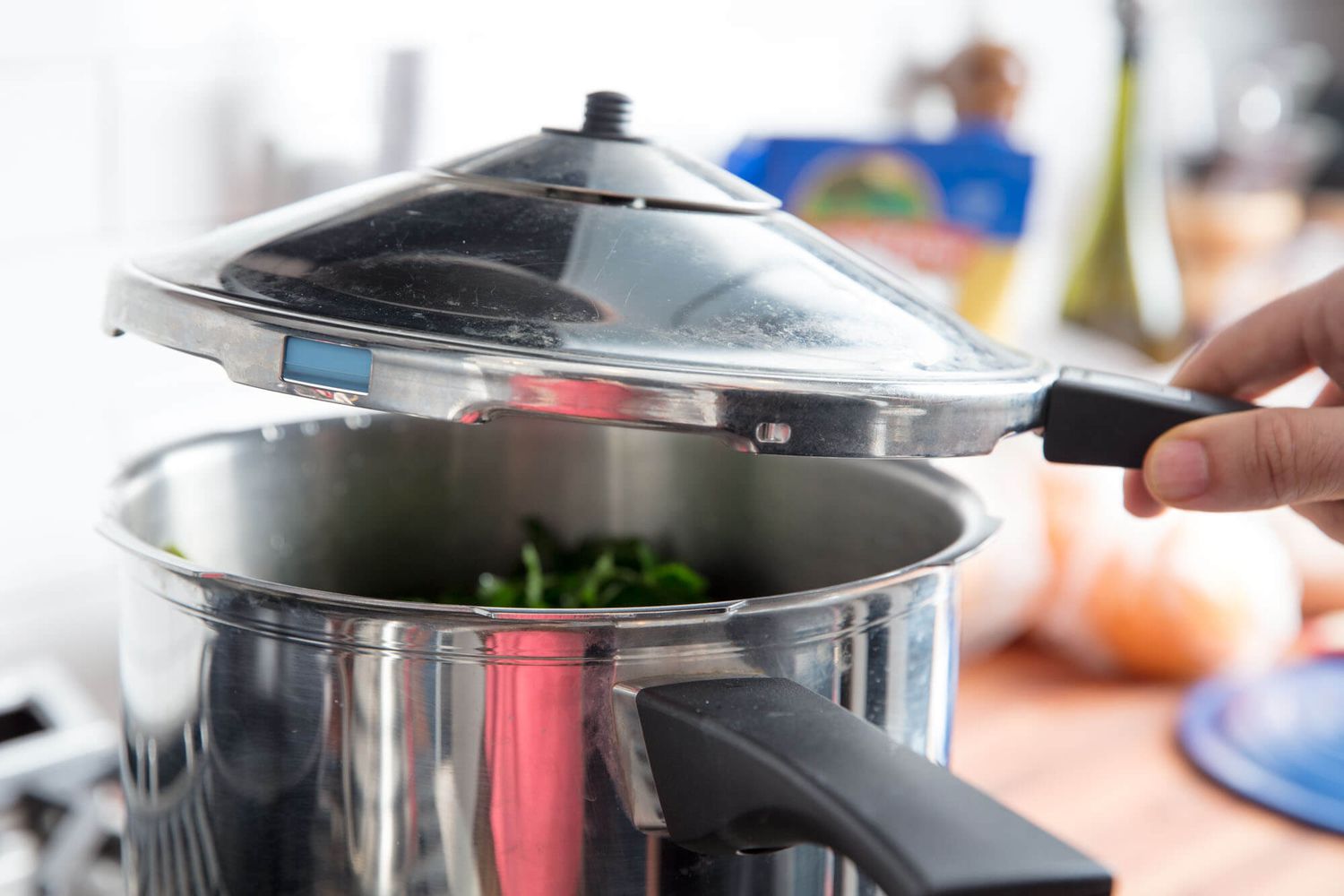
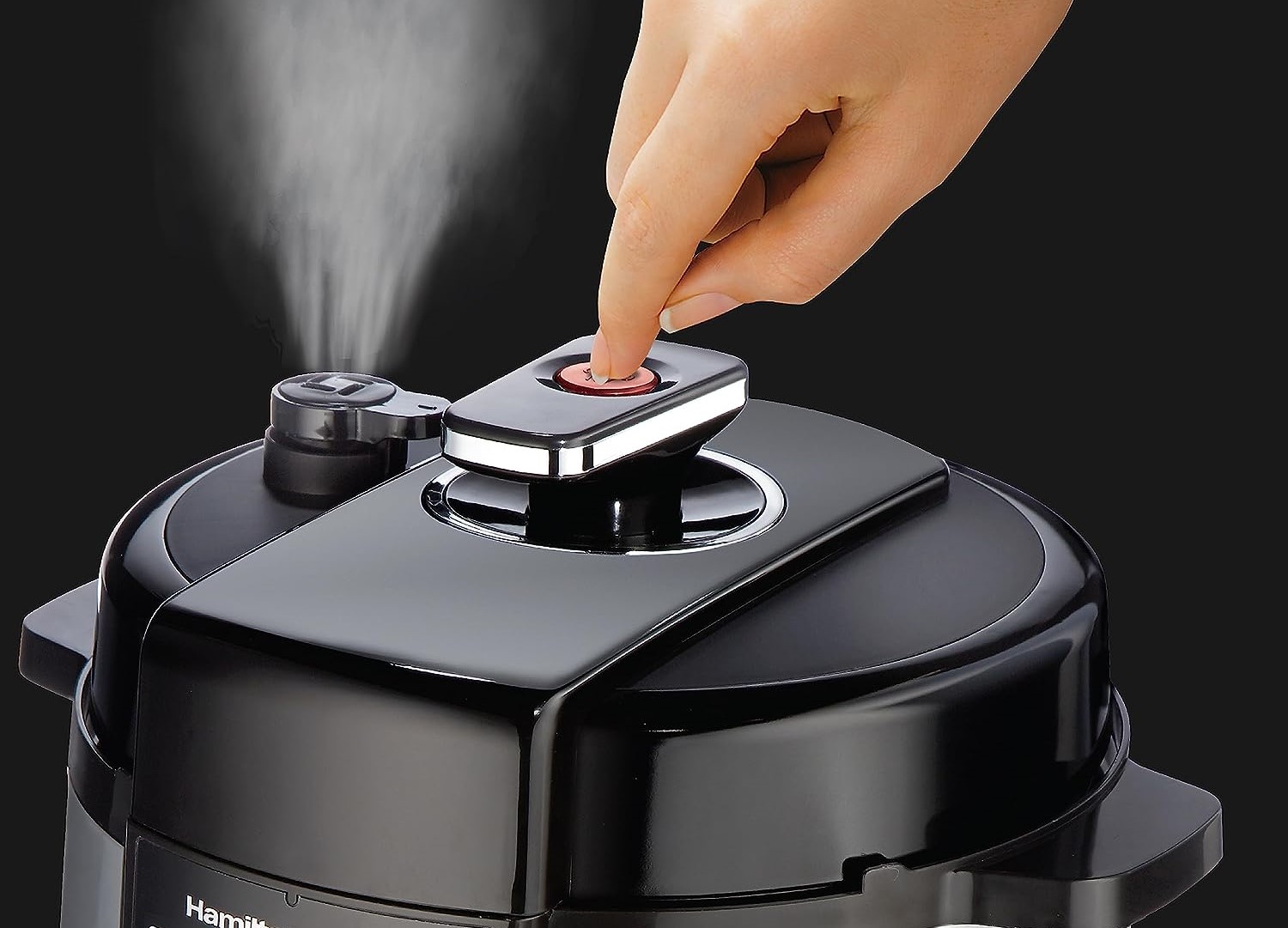
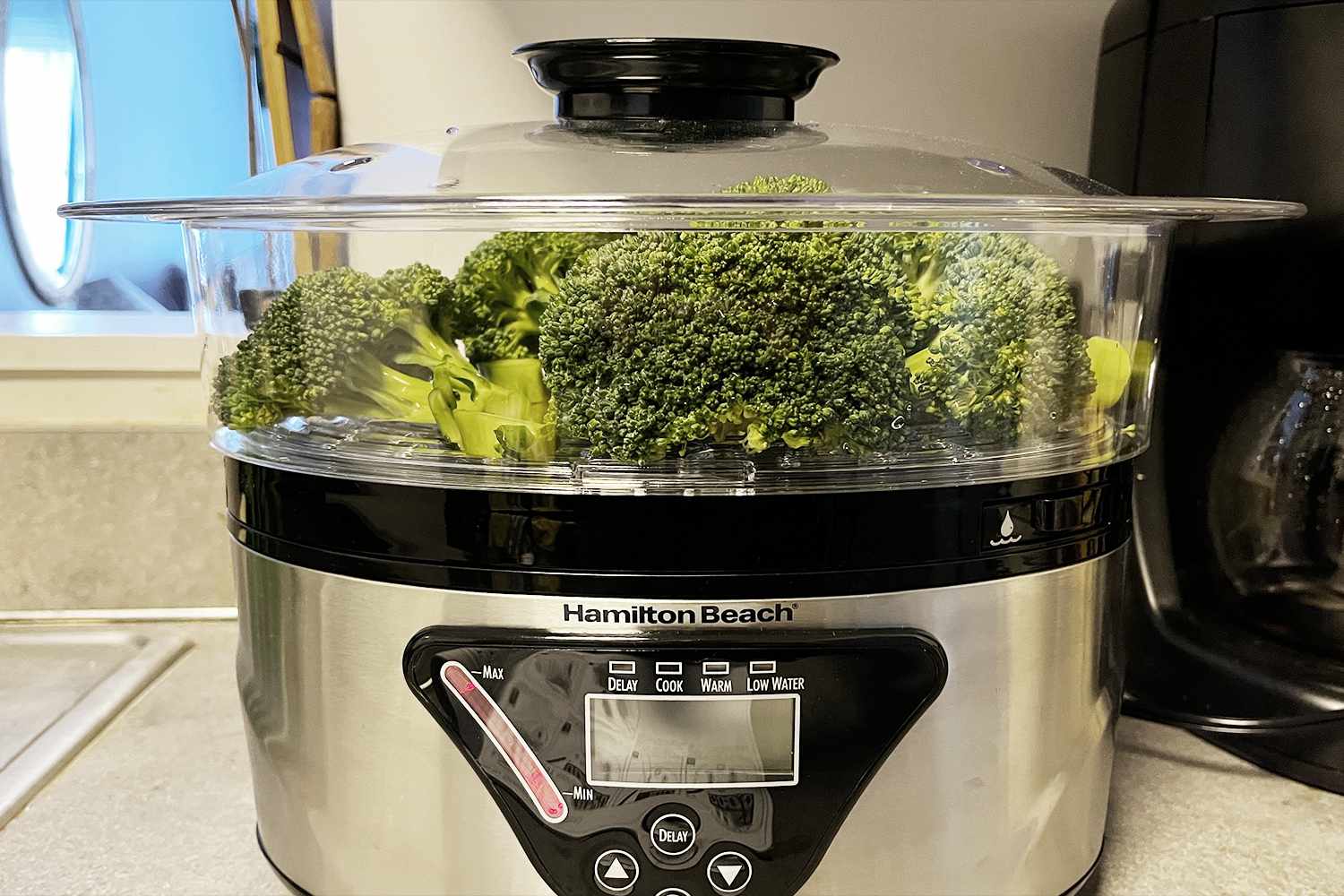
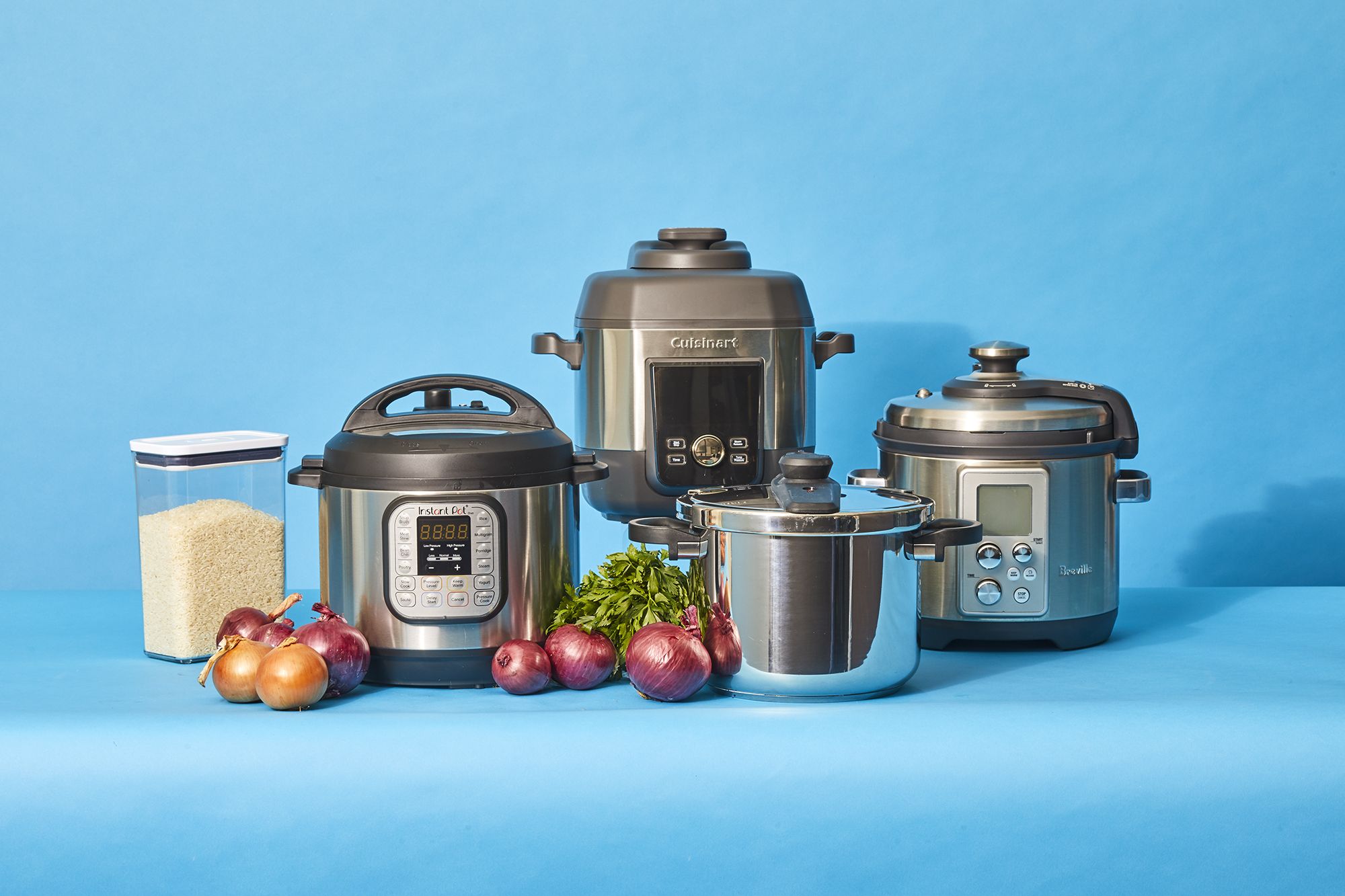
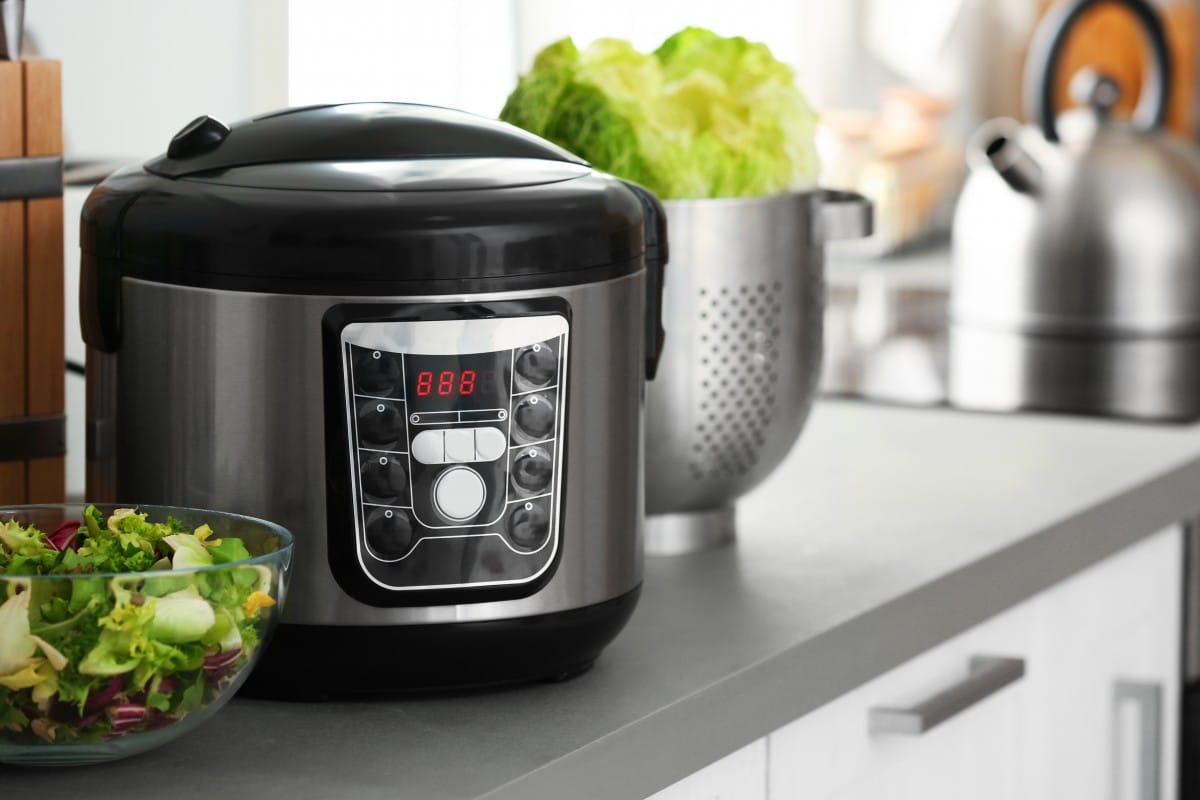
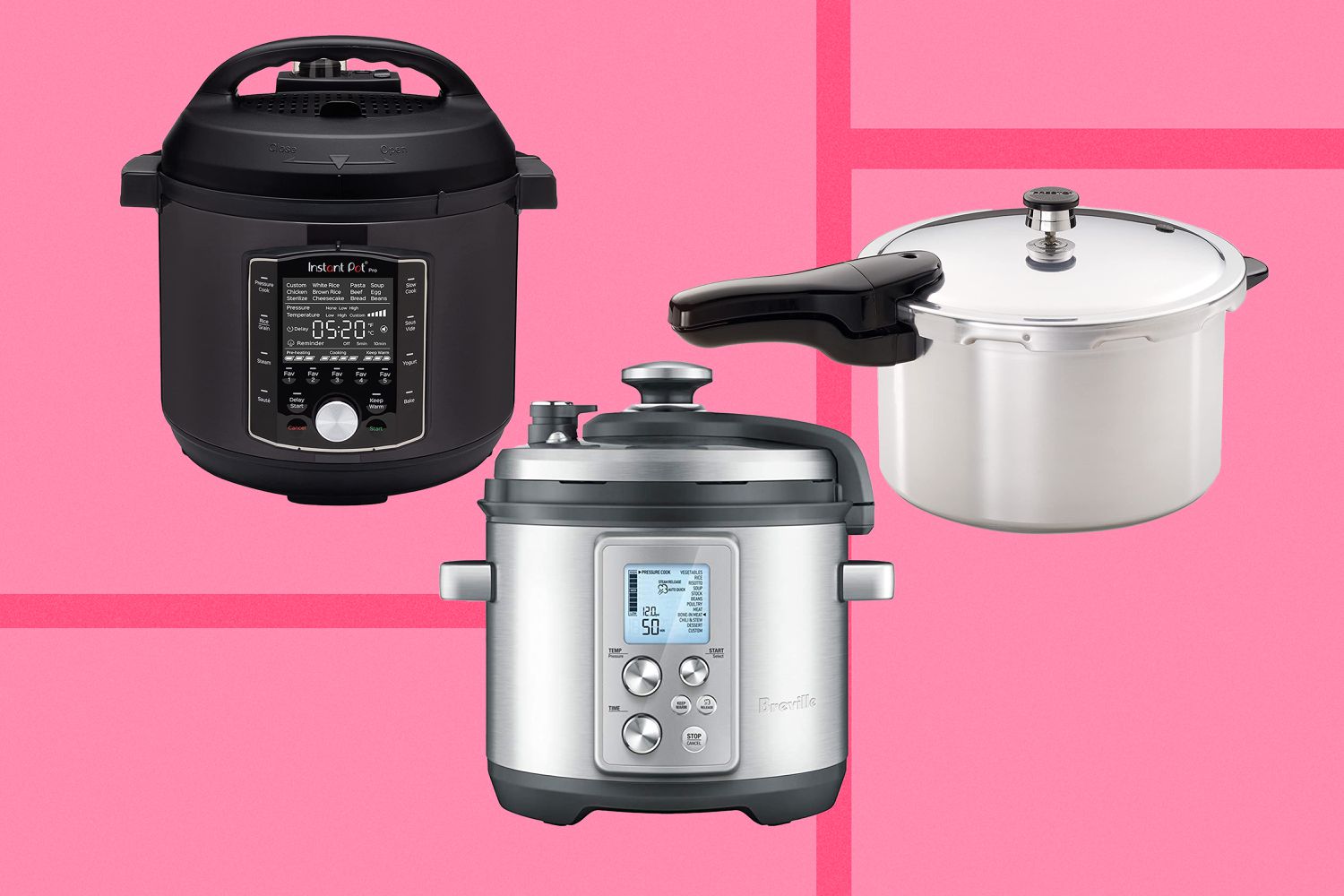
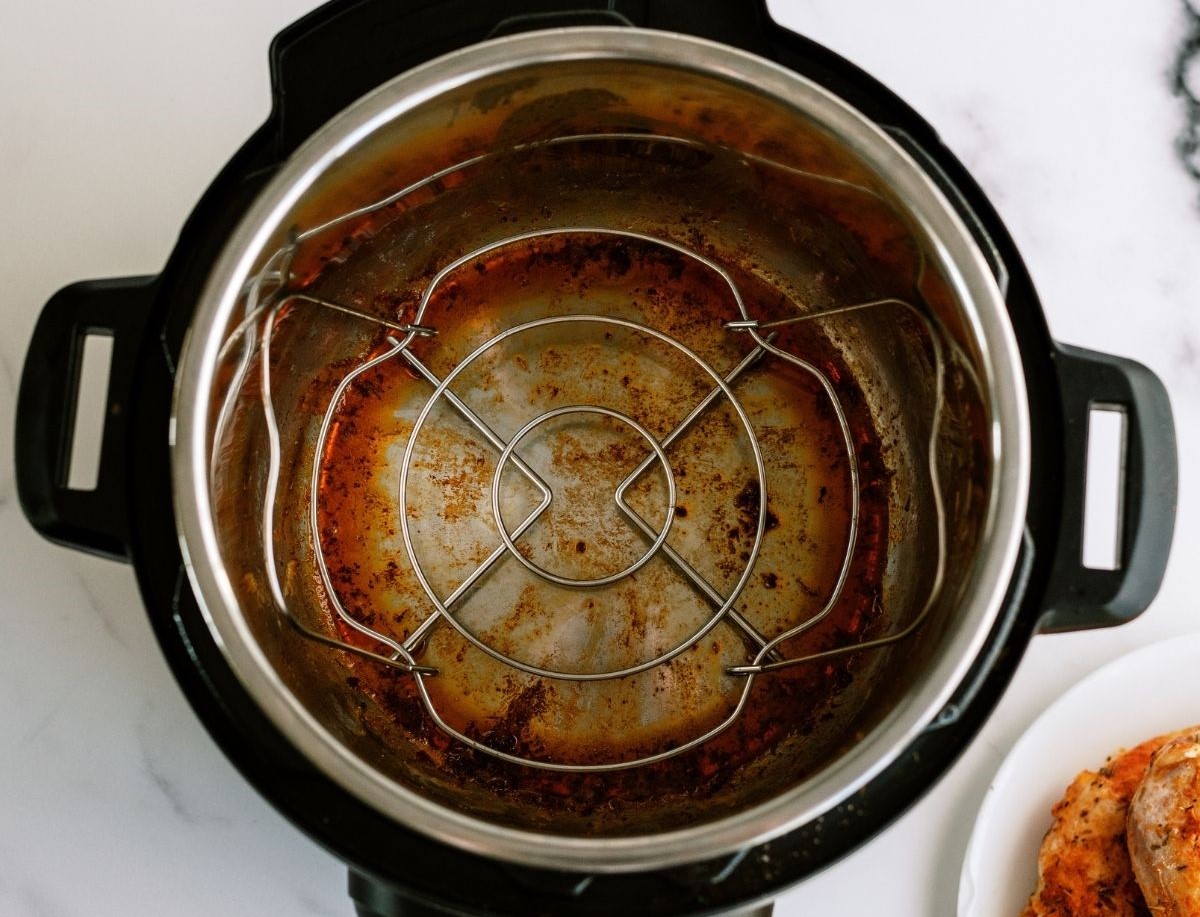
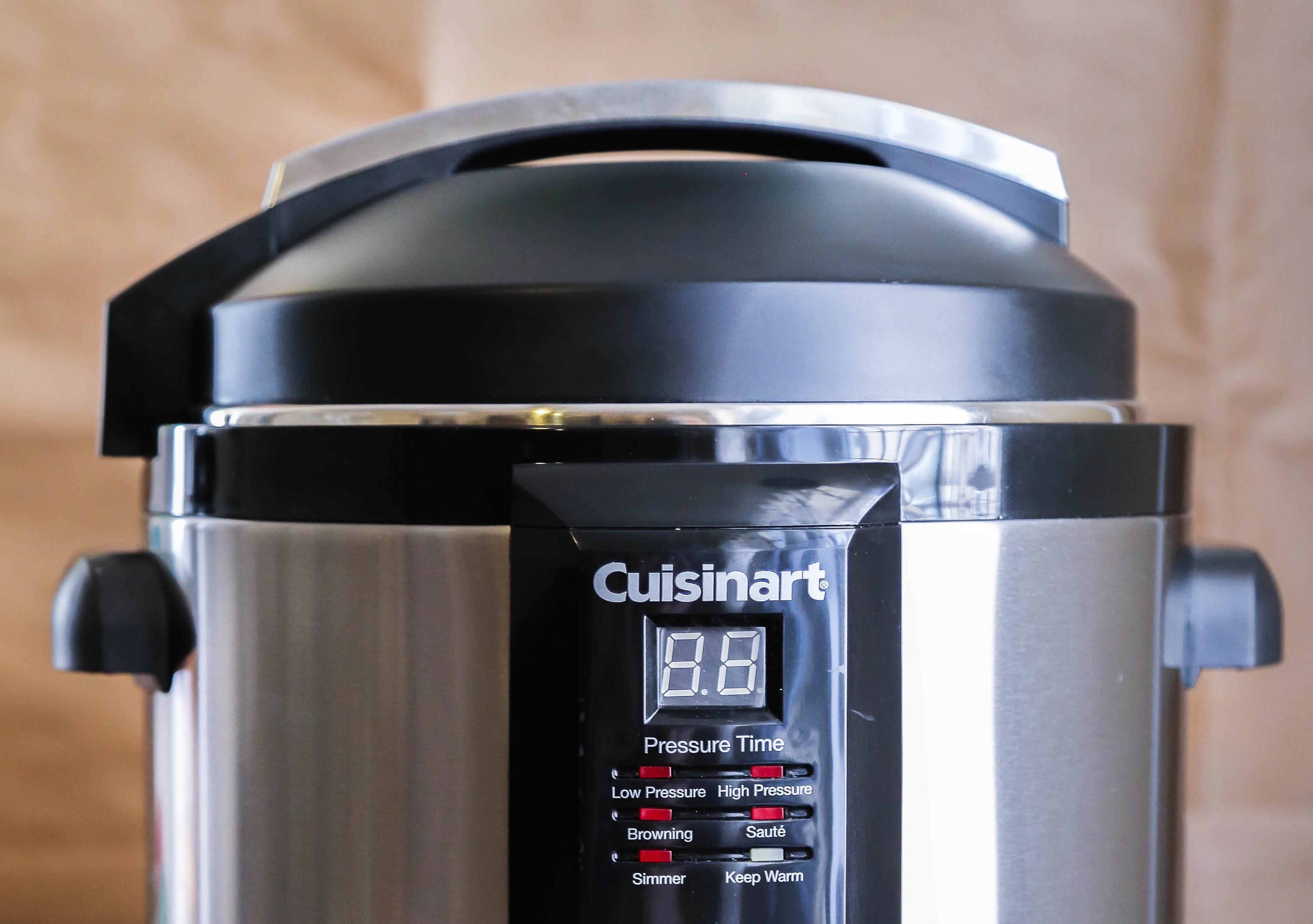
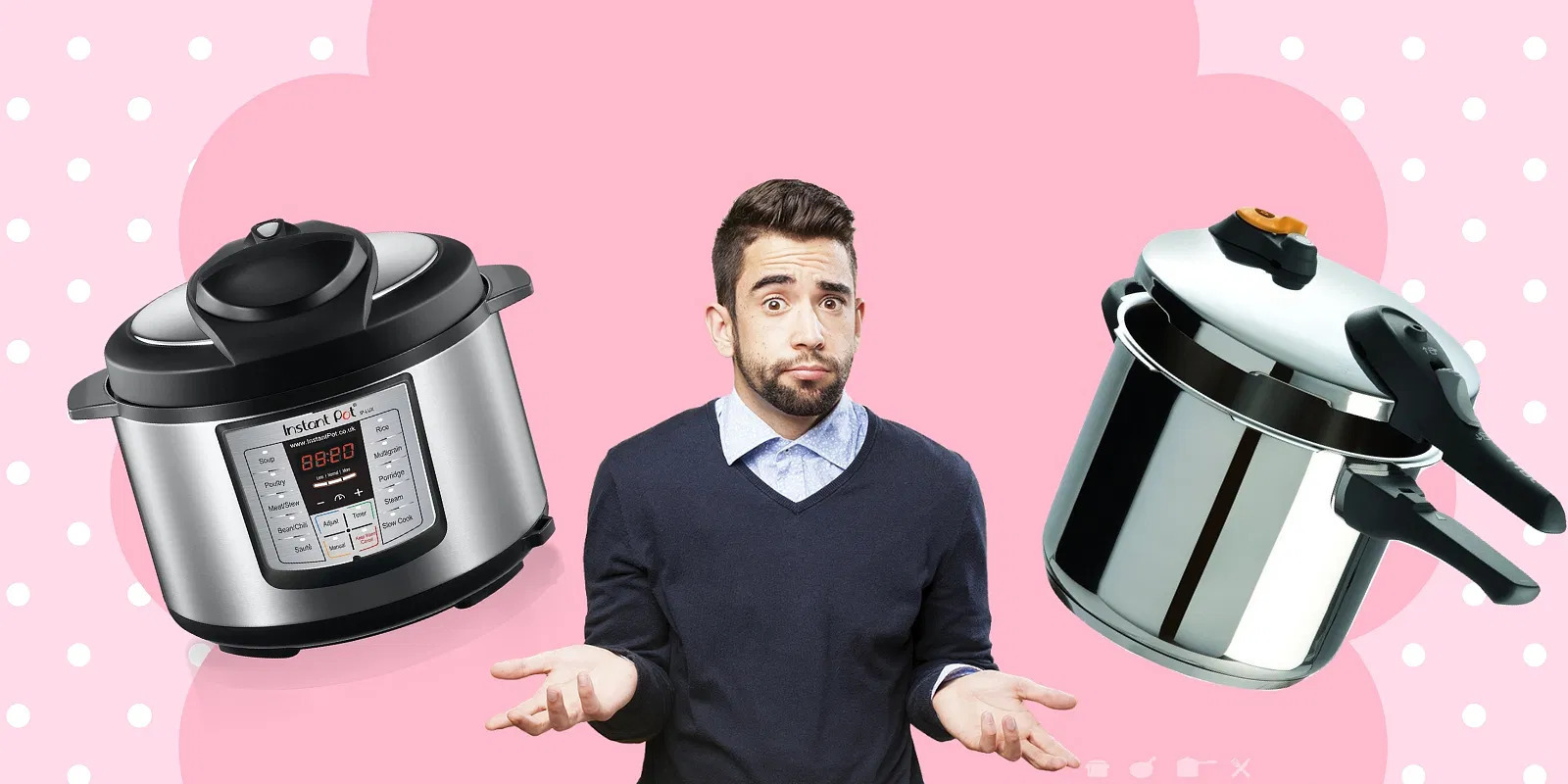
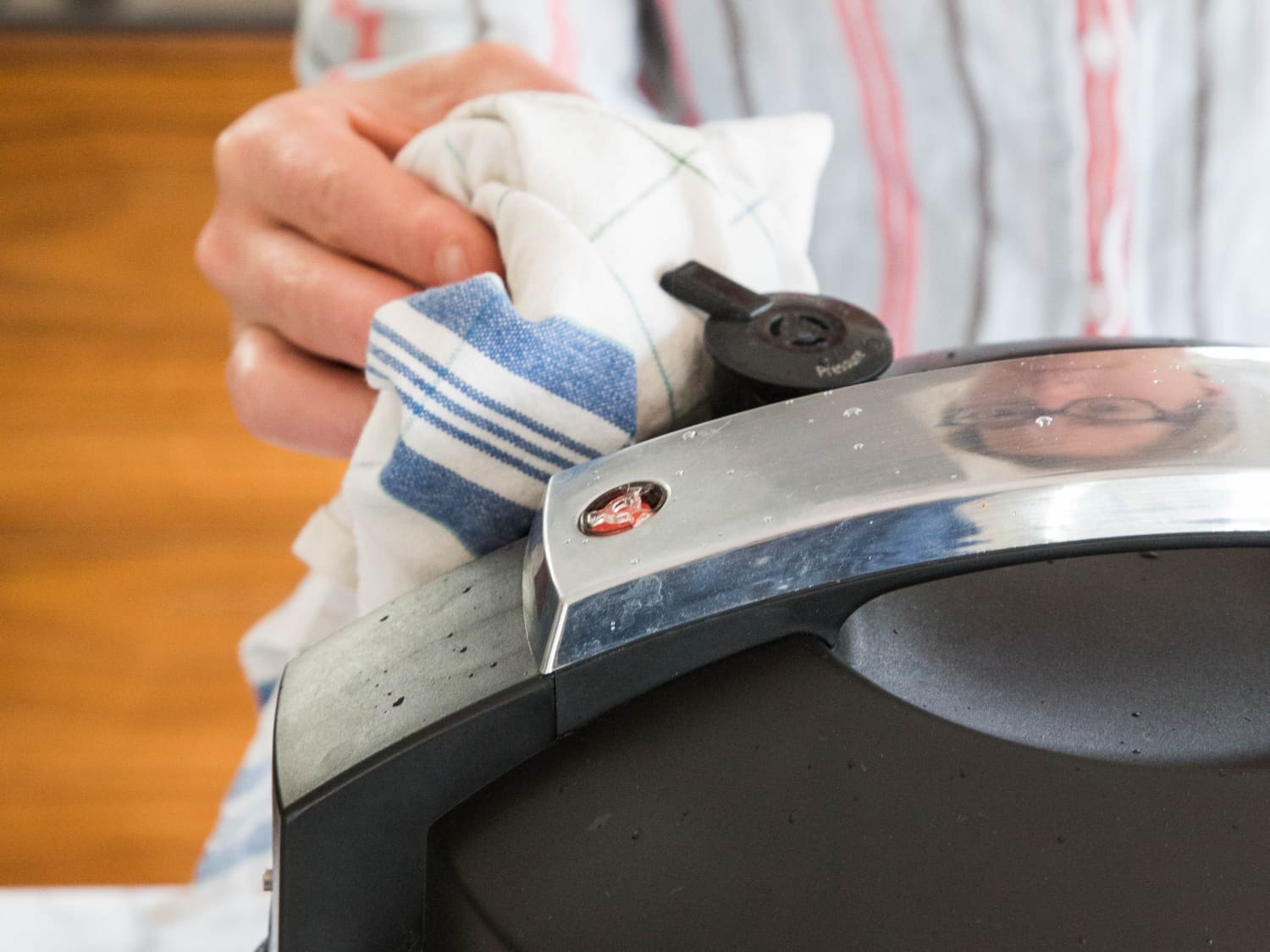
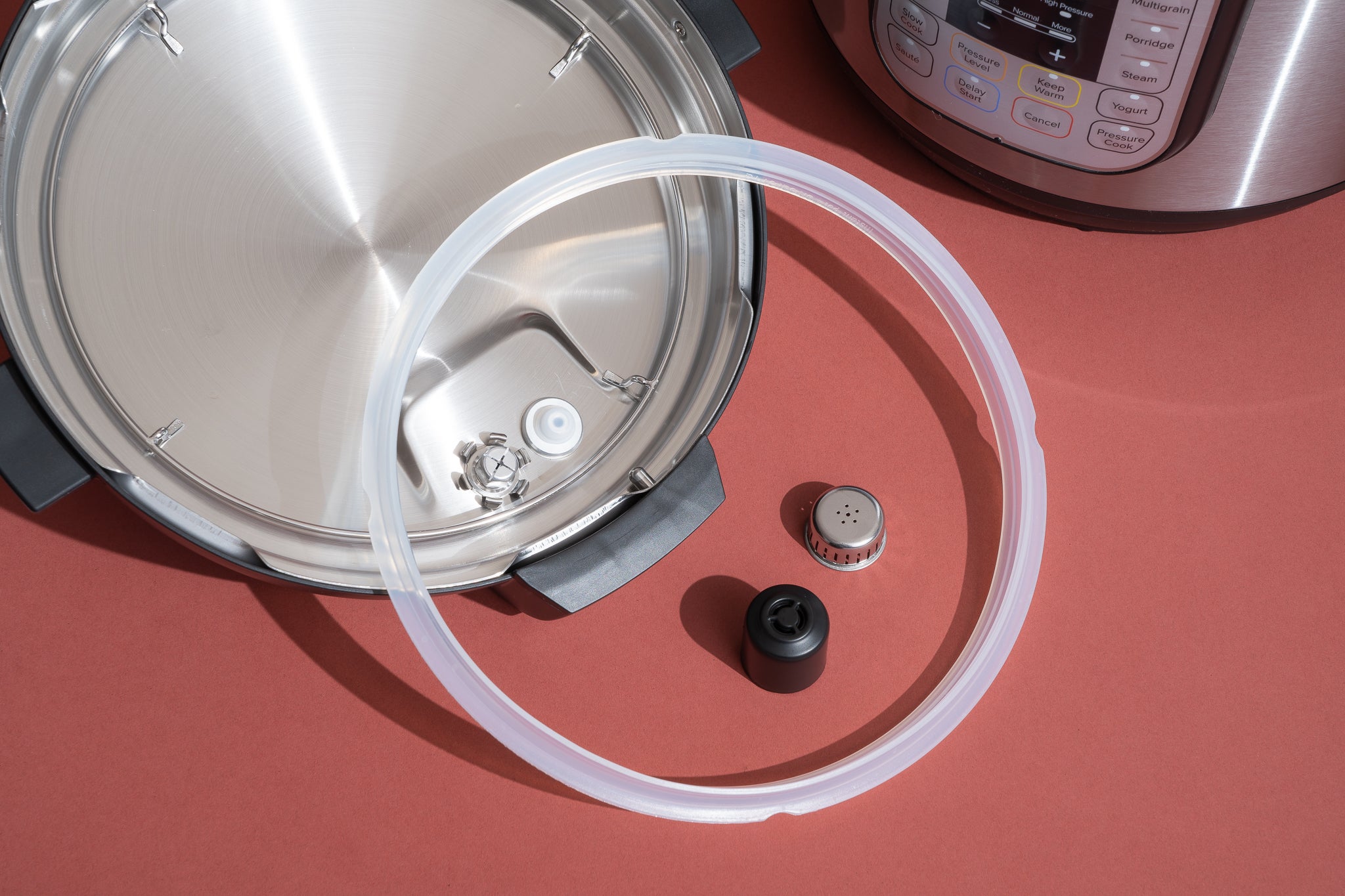

0 thoughts on “How To Steam Vegetables In An Electric Pressure Cooker”